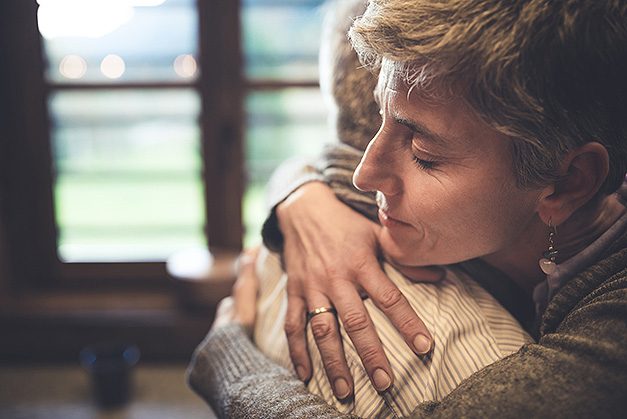
Women less likely than men to receive high-intensity statins following a heart attack
Women in the United States who have experienced heart attacks are less likely than men to receive the high-intensity statins recommended to prevent further heart attacks and strokes, new research by The George Institute for Global Health at the University of Oxford has found.
The study, of more than 88,000 adults in the United States who picked up a statin prescription following a heart attack in 2014-15, suggests that the substantial efforts made recently to reduce sex disparities in the use of recommended treatments after a heart attack have not been successful.
‘Prior studies have found that women are less likely than men to receive treatment with statins following a heart attack. Our study shows that even when women are prescribed statins, these continue to be in lower intensities than the guidelines recommend,’ said Dr Sanne Peters, Research Fellow in Epidemiology at The George Institute, Oxford, who led the study.
‘The discrepancies in high-intensity statin use may explain, at least in part, why mortality rates for women with a history of heart disease and stroke are higher than for men. Our research suggests some deaths could be prevented if the guidelines on treatment with high-intensity statins were adhered to.’
US guidelines issued in 2013 recommend that all patients aged 75 and under who have experienced heart disease or stroke should be treated with high-intensity statins, based on clear evidence of their effectiveness and safety. A number of initiatives have attempted to raise awareness of heart disease in women and reduce sex differences in treatment, including the ‘Go Red for Women’ campaign.
However, the new study from The George Institute, Oxford, conducted in conjunction with investigators from the University of Alabama at Birmingham, found that among people picking up statin prescriptions after being discharged from hospital following a heart attack, 47% of women picked up a high-intensity statin, compared with 56% of men. While these rates were higher than a decade ago, the sex differential has persisted: women remain less likely than men to receive a high-intensity statin, even after accounting for differences in age, affluence, and other health conditions.
‘Our research suggests that the lower use of high-intensity statins in women is not related to age, or to them having a higher number of other health conditions. Nevertheless, while the underuse of high-intensity statins was seen across all patient groups, the disparity was largest among the youngest and oldest adults and for those without other known health problems,’ said Dr Peters.
The study, which was funded by the biopharmaceutical company Amgen, assessed sex differences in prescription collections for high-intensity statin therapy. The study was not able to assess what medications were actually taken. Neither was there data on what treatments were prescribed. It’s therefore not clear whether prescription rates for high-intensity statins were similar for men and women but women were less likely to pick them up, or whether the discrepancies are the result of lower prescription rates in women.
However, the latter may be more likely, potentially as a result of concerns that these treatments carry a greater risk of side effects in women, or to a perception among healthcare providers that women are less likely to experience another heart attack.
‘We need further research to understand the barriers to guideline-recommended treatment in women,’ said Dr Peters. ‘There is clearly more work to be done to raise awareness of the benefits of high-intensity statins for both women and men who have experienced heart attacks, in order to eliminate these disparities.’


